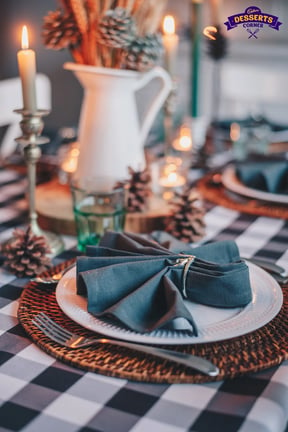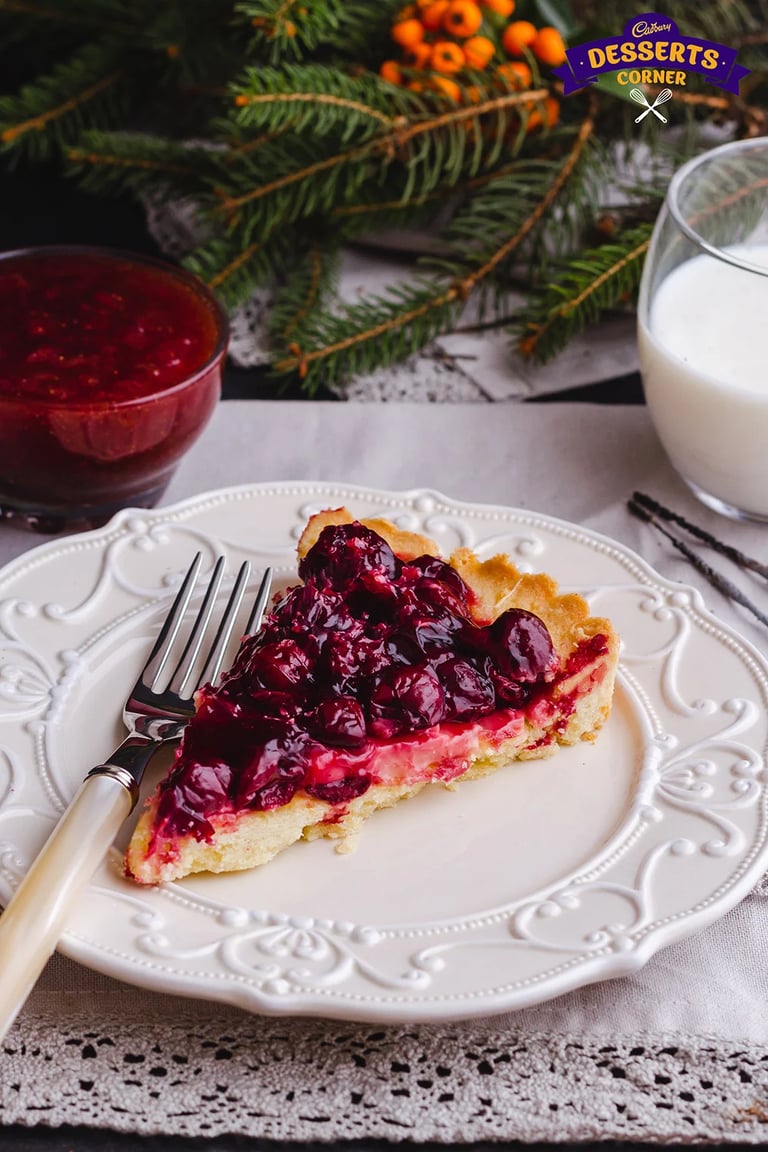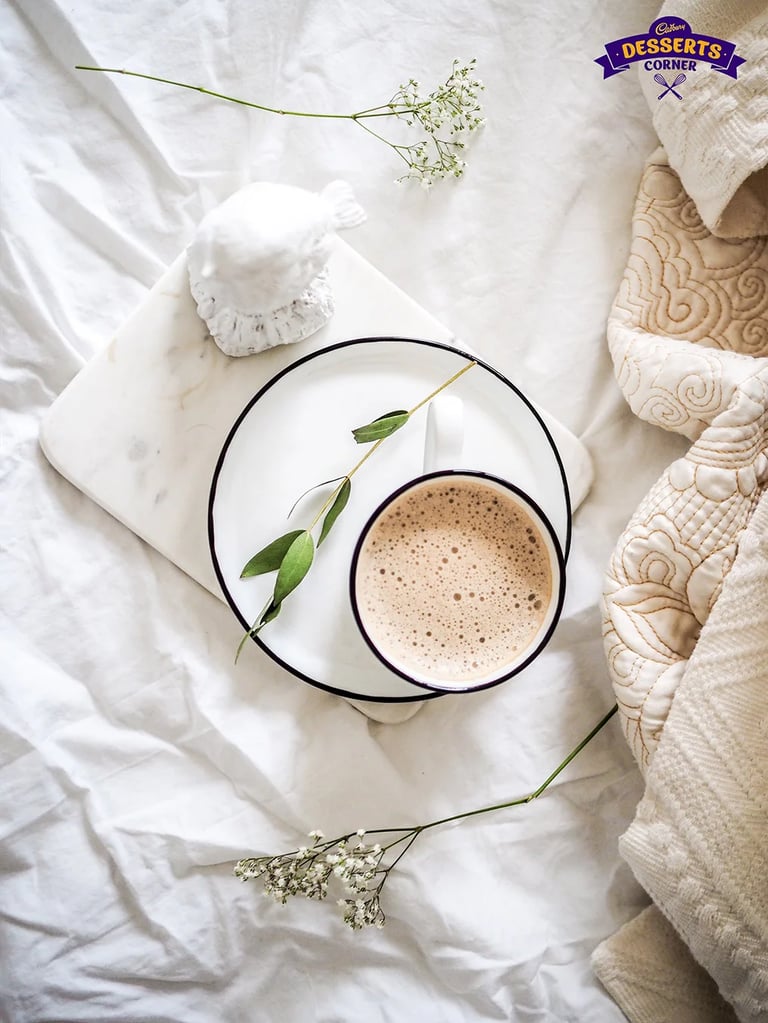Formal dinners can be harrowing for newbies. Follow these simple etiquette rules that go a long way in easing any dining experience.

Formal dinners can be harrowing for newbies. Follow these simple etiquette rules that go a long way in easing any dining experience.
Dessert and coffee are the culminating courses of most formal dinners, marking a satisfying conclusion to the meal. Navigating the etiquette surrounding these elements contributes significantly to the overall dining experience but it can certainly be challenging. Here is a comprehensive guide to help anyone navigate dessert and coffee at a formal dinner.
Dessert Etiquette

Timing:
Dessert is more often served after the main course has been enjoyed and the plates have been cleared. Don’t forget to wait until everyone at the table has finished their main course before starting on your dessert. Although the dessert is a much-anticipated component of a complete dining experience, it is important to make sure that all guests are finished and prepared for dessert before it's served, especially if you’re the host.
Napkin Use:
The napkin must be placed on your lap and used to lightly blot your lips before dessert arrives and while eating if necessary. The napkin also serves as a barrier between the food and your clothes in case you spill anything. If you need to leave the table for a brief moment before dessert is served, the napkin must be placed neatly on the chair.
Eating Dessert:
When dessert is served, the utensils will most likely be arranged for you. If not, the host will lead you or you can use the utensils farthest from the plate and move inward. In the dessert is a cake or pie, you must use both the fork and knife. For smaller desserts like pastries or fruit, use the utensils provided to you or your fingers if appropriate (e.g., for cookies or small fruits).
Conversation:
It is also equally important to engage all your fellow dinner guests in light conversation while enjoying the treats. It's the perfect time for socializing, an appropriate way to conclude a dinner on a pleasant note. Keep the conversation pleasant and it is customary to avoid discussing controversial topics.
Pace Yourself:
Enjoying your dessert at a moderate pace allows you to savor each bite, but also avoid finishing significantly earlier or later than your fellow diners as it leaves you to awkwardly wait or keep the party waiting.
Coffee Etiquette

Timing:
Coffee is often served following dessert, along with or shortly after the dessert plates have been cleared. Depending on the host’s preference, it can also be served simultaneously with dessert.
Coffee Service:
Coffee is typically served in a cup and saucer and placed in front of you. If cream, sugar, or other accompaniments are provided, you can add them according to your taste. Stir gently with the spoon provided, avoiding clinking against the cup's sides as this is considered irritating to those around you.
Handling the Cup:
The coffee cup must be held by the handle with your thumb and index finger. It is considered inappropriate to hold the cup with your pinky extended; instead, place your pinky alongside your other fingers or lightly rest it on the cup's handle.
Sipping Coffee:
Take small, soft sips of coffee rather than large, impolite gulps. Try to avoid blowing on the coffee to cool it down; instead, wait for it to reach a drinkable temperature naturally. You can further this along by gently swirling the coffee without spilling.
Conversations and Gestures:
Coffee often marks the conclusion of the meal. This is the apt time to stir up some final conversations, thank your host, and express gratitude for the dinner and the lovely time you’ve had. It is considered rude to check your phone or engage in other distracting activities. Try to pay attention to the conversation at hand, or introduce your own set of topics that might interest the dinner crowd.
General Tips
Follow Host's Lead:
Generally, it is advisable to pay attention to your host or the senior person at the table for cues on when to start dessert and coffee. Paying attention to your fellow guests can also help you conduct yourself.
Pace Yourself:
Formal dinner prioritizes moderation. There’s no reason to rush through dessert or coffee; enjoy them at a leisurely pace and keep up with your fellow guests.
Gratitude:
Thanking your host for the meal and conveying compliments to the chef for the dessert or coffee, in particular, is absolutely necessary. You must also remember to thank your fellow guests for their company.
Dietary Restrictions:
To avoid causing any inconvenience to your host, you must inform them beforehand of any dietary restrictions or allergies you might have. This gives them the time and resources to accommodate your needs without limiting others’ dining experience.
If you master this simple etiquette guide for dessert and coffee at a formal dinner, it is bound to enhance your dining experience twofold. Observe these guidelines and navigate the final courses with grace, and don't forget to contribute positively to the overall ambiance of the meal.
More Like This
Popular Articles




Trending Web Stories
Curated Recipes

















